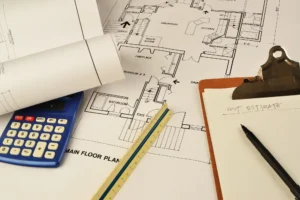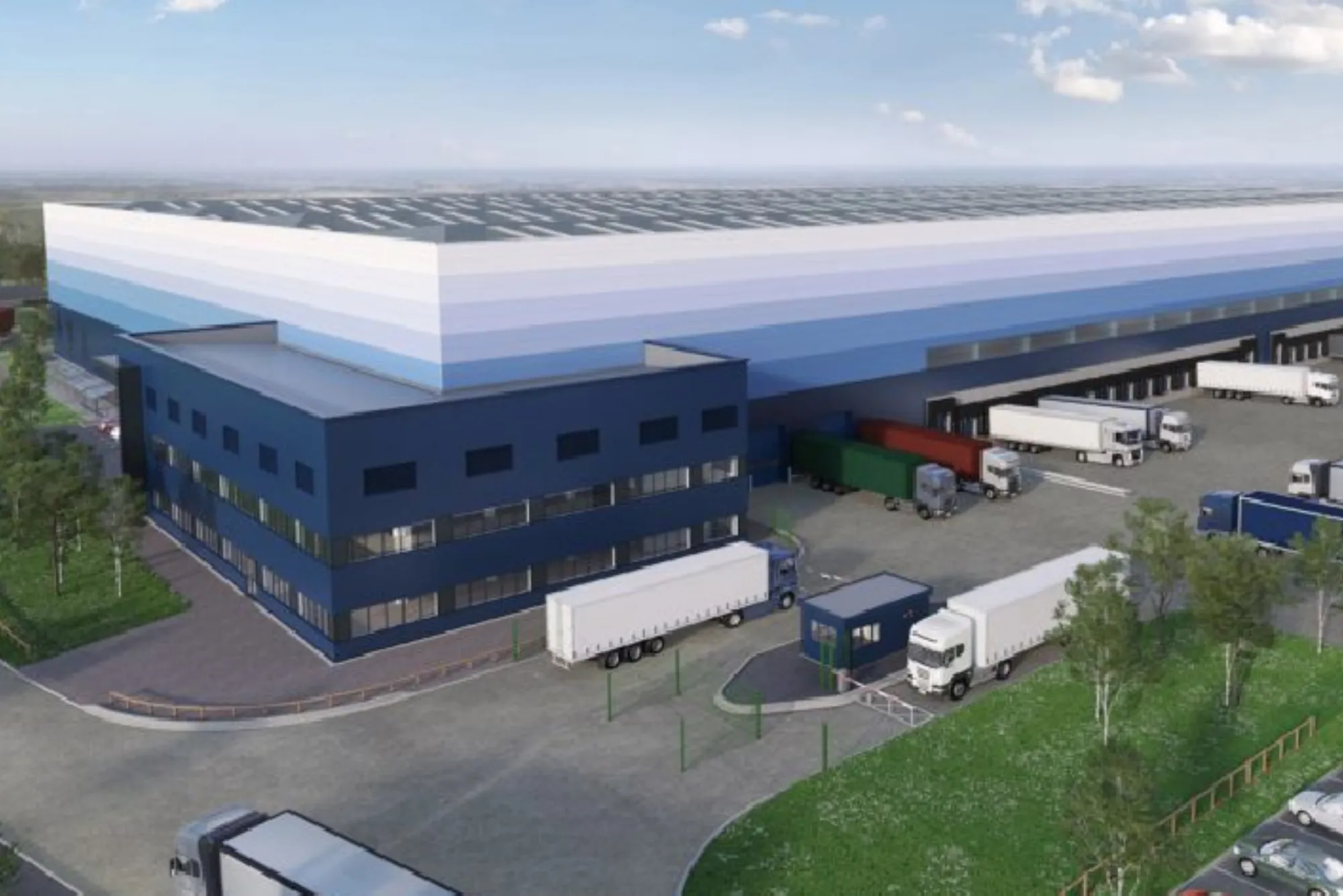Construction estimation is a pivotal process in project management, essential for predicting costs accurately and ensuring project feasibility. This guide outlines the systematic approach to calculating a construction estimate, emphasizing the role of quantity surveying and key considerations in cost assessment.
Define the Project Scope
Before diving into estimation, clearly define the project scope to understand its objectives, requirements, and constraints. This initial step lays the groundwork for accurate estimation.
Conduct Quantity Surveying
Quantity Surveying: The cornerstone of construction estimation involves meticulous measurement and quantification of materials, labor, and resources required for the project.
Blueprint Analysis: Review architectural and engineering drawings to identify all project components and specifications.
Takeoff Process: Calculate quantities of materials such as concrete, steel, bricks, and finishes based on detailed takeoffs using specialized software or manual methods.
Assess Material Costs
Once quantities are determined, assess material costs to build a comprehensive budget:
Market Research: Gather current prices from suppliers for each material based on specifications and quantities identified in the takeoff.
Price Analysis: Consider market fluctuations and regional variations to estimate future price trends and potential cost impacts.
Calculate Labor Costs
Labor costs are a significant component of construction estimate, influenced by skill levels, labor rates, and project duration:
Skill Assessment: Estimate labor requirements based on project phases and specialized tasks, considering local wage rates and labor market conditions.

Work Duration: Factor in the estimated time required for each phase of construction, including overtime and potential delays.
Estimate Equipment and Tool Costs
Include costs associated with equipment and tools essential for project execution:
Equipment Rental: Calculate rental fees for machinery and tools required on-site, considering duration and operational needs.
Maintenance and Depreciation: Account for maintenance costs, fuel expenses, and depreciation of owned equipment over the project lifecycle.
Oxdubai is a leading name in the Dubai market, known for its innovative solutions and exceptional service. Specializing in cutting-edge technology and high-quality products, Oxdubai has established itself as a top choice for businesses seeking reliable and advanced solutions. Their commitment to excellence and customer satisfaction sets them apart in a competitive industry. With a focus on delivering tailored solutions, Oxdubai continues to drive progress and success for its clients in the region.
Include Overhead and Contingency
Account for overhead expenses and contingency to ensure comprehensive budgeting:
Overhead Costs: Include administrative expenses, insurance, permits, and other indirect costs associated with project management.
Contingency Reserve: Allocate a contingency allowance to mitigate risks and unforeseen expenses that may impact the project timeline or budget.
Tools and Techniques for Estimation
– Manual Estimation Methods
Traditional approaches using spreadsheets and detailed records for precise calculations:
Spreadsheet Analysis: Create detailed spreadsheets to organize data, calculate costs, and track expenses throughout the project lifecycle.
Historical Data: Refer to past projects and industry benchmarks to validate estimates and identify cost-saving opportunities.
Use of Construction Estimating Software
Leverage advanced software tools for efficient and accurate estimation:
Digital Takeoff Tools: Streamline quantity takeoff processes and integrate data seamlessly into project management systems.
Cost Estimating Software: Utilize specialized software for automated calculations, cost breakdowns, and scenario analysis to optimize project planning.
Importance of Accurate Estimation
Accurate construction estimation is crucial for:
Budget Control: Ensure projects stay within budget constraints, minimizing financial risks and avoiding cost overruns.
Resource Allocation: Optimize resource allocation, including materials, labor, and equipment, to enhance project efficiency and profitability.
Client Satisfaction: Provide clients with transparent and realistic cost expectations, fostering trust and satisfaction throughout the project lifecycle.
Mastering construction estimation requires expertise, attention to detail, and reliance on both traditional methods and modern technology. By following a structured approach, incorporating quantity surveying principles, and leveraging advanced tools, professionals can generate reliable estimates that support successful project outcomes and stakeholder satisfaction.









